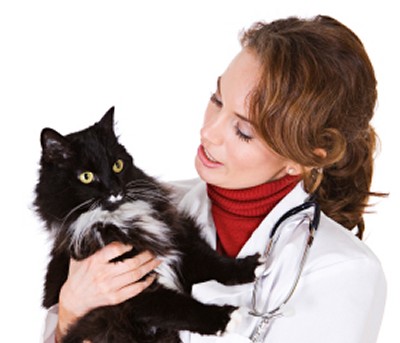
However advanced the laboratory technology, and however expert the veterinary practitioner, the critical step in any consultation or veterinary diagnostic test is communicating with the pet owner.
In the treatment of sick and injured animals, the animal’s owner is the veterinary practitioner’s greatest ally. To get the best outcome, for a companion animal or a commercial herd, the owner needs to fully understand what the vet is saying and what they, as continuing carer, are required to do.
48% of those surveyed didn’t feel that annual vaccination was necessary
A recent survey of 2000 cat owners showed that 60% of cat owners understood little or nothing of their cat’s health needs. The impact of this lack of knowledge is revealed in the fact that 48% of those surveyed didn’t feel that annual vaccination was necessary, while 28% didn’t vaccinate their cats all.
Questioned further on why they didn’t understand what their vets told them, the top reasons stated were: too much information given, too many big words used, the vet was too rushed, the vet was distracted by the animal, and no ‘take-away’ message given.
Understanding the vet’s message
Vets have come to rely on accurate, easy-to-read, clear-cut results from the analyses and diagnostic tests carried out in their veterinary laboratories. Veterinary test developers have invested in simple to interpret colour change tests such as the MegaCor FASTest range of diagnostic kits.
Pet owners and keepers are no different to vets in their need to quickly appreciate and trust the outcome of a diagnosis. Most pet owners might not have the specialist veterinary vocabulary. But this doesn’t mean that owners are unwilling or unable to understand the vet’s message when it’s given in the right words and the right language.
Communicating with the pet owner is clearly the key
Like the colour change diagnostic, keeping the message clear and simple is the key. Something visible to look at is also a good way to focus the attention – of the vet as well as the keeper, on the information to be shared. If it’s practical and safe, the keeper could be shown the diagnostic, allowed to handle the X-ray photograph or talked through the printout.
It might be appropriate to talk to the owner in the absence of the pet or other distraction to either party. Perhaps most important is for the vet to pose the question: ‘So what?’ on behalf of the pet owner. Asking: ‘So what does the diagnosis mean for the animal?’ ‘What does it mean for the owner?’ And most importantly: ‘What I, the owner, need to do now?’
The unreadable character of medical doctors’ handwriting has been a standing joke for many years, but not for anyone who’s ever received the wrong prescription. For the vet trying to translate the clear-cut results of a veterinary diagnostic test into clear improvements in an animal’s health and welfare, communicating with the pet owner is clearly the key.
To find out more about our large range of veterinary products visit our website: www.vetlabsupplies.co.uk or Telephone: 01798 874567

